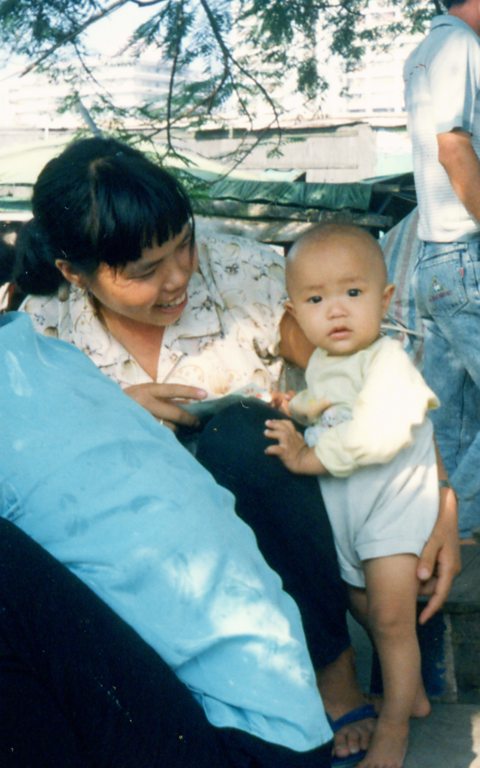How has the population changed in China?
China has been keen to slow population growth for a number of years. A larger population equals more mouths to feed, more houses and jobs required and a greater demand on schools and hospitals.
What is the one-child policy?

In 1979 China introduced a one-child per family policy to reduce population growth.
The Chinese government estimates the one-child policy prevented around 400 million births but it was widely condemned by human rights groups for the way it operated, including the use of forced abortions and sterilisationA permanent form of contraception which usually involves an operation to prevent a person from giving birth.
The one-child policy has resulted in a population imbalance. 34.9 million more males than females (Source: National Bureau of Statistics of China, 2020).
This is partly explained by Chinese culture which historically values boys more than girls and as a result, there is some (although rare) evidence of sex-selective abortion and the killing or abandoning of baby girls.
Does China still have the one-child policy?
In late 2015, the Chinese government announced it was to scrap the one-child policy. The decision was to allow families to have two children and was designed to redress the population imbalance and ensure there will be enough people of working age to look after China's ageing population. However, this didnŌĆÖt work and in 2021, China announced it would allow couples to have up to three children.
There are fears that in the future there will be a lack of young people/workers in China to look after their ageing population and pay taxes to provide social services. When the one-child policy was introduced in 1980 only a small percentage of the population was over 65 years old. In 2013 that figure was around 10% and rising. By 2050, those over 65 could reach 25% of the population.